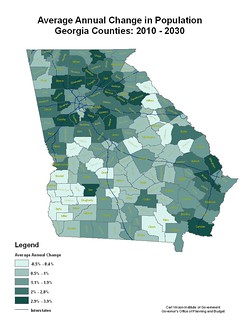From Austin to Buffalo, fake science for fracking is increasingly being exposed,
 with academic consequences: lead professor resigns,
institute head quits, another institute disbanded.
The image on the right (Frack U) is not a reputation any university wants to see.
At least academia takes conflicts of interest seriously;
now if government and the voters would do the same….
Or energy companies.
Remember, shale gas (plus nuclear) is what Georgia Power and
Southern Company are shifting to from coal,
while shading us from the finances that would enable solar power
for jobs and energy independence in south Georgia.
with academic consequences: lead professor resigns,
institute head quits, another institute disbanded.
The image on the right (Frack U) is not a reputation any university wants to see.
At least academia takes conflicts of interest seriously;
now if government and the voters would do the same….
Or energy companies.
Remember, shale gas (plus nuclear) is what Georgia Power and
Southern Company are shifting to from coal,
while shading us from the finances that would enable solar power
for jobs and energy independence in south Georgia.
Terrence Henry
wrote for NPR 6 December 2012,
Review of UT Fracking Study Finds Failure to Disclose Conflict of Interest (Updated)
The original report by UT Austin’s Energy Institute,
 ‘Fact-Based Regulation for Environmental Protection in the Shale Gas
Development,’
was released early this year, and claimed that there
was no link between fracking and water contamination. But this
summer, the
Public Accountability Initiative, a watchdog group,
reported that the head of the study, UT professor Chip Groat, had
been sitting on the board of a drilling company the entire time. His
compensation totaled over $1.5 million over the last five years.
That prompted the University to announce an independent review of
the study a month later, which was released today.
‘Fact-Based Regulation for Environmental Protection in the Shale Gas
Development,’
was released early this year, and claimed that there
was no link between fracking and water contamination. But this
summer, the
Public Accountability Initiative, a watchdog group,
reported that the head of the study, UT professor Chip Groat, had
been sitting on the board of a drilling company the entire time. His
compensation totaled over $1.5 million over the last five years.
That prompted the University to announce an independent review of
the study a month later, which was released today.
The review finds many problems with the original study, chief among
them that Groat did not disclose what it calls a “clear
conflict of interest,” which “severely diminished”
the study. The study was originally commissioned as a way to correct
what it called “controversies” over fracking because of
media reports, but ironically ended up as a lightning rod itself for
failing to disclose conflicts of interest and for lacking scientific
rigor.
Unrepentant
as recently as July,
Professor Groat resigned in November.
Plus this:
Raymond Orbach of UT’s Energy Institute has resigned after the group
became engulfed in controversy over a study of fracking.
And elsewhere even more drastic results have ensued:
Continue reading →
like Theodore Roosevelt and national parks, or when Franklin D. Roosevelt established the Okefenokee National Wildlife Refuge which also administers Banks Lake, when Richard Nixon started the EPA, and when Jimmy Carter signed the Soil and Water Conservation Act. If Gov. Deal wants to call conservation “liberal”, I’m happy to be a liberal working for water for our state!
listed the biggest boondoggle of all as #11: the nuclear reactors at Plant Vogtle suck up more water from the Savannah River than all local agriculture and almost as much as the city of Savannah.












